When considering a smartphone, most users - especially our Neowin readers - prioritize battery life as being something of importance. Naturally, we all would, as there is nothing worse than a smartphone that can't go through one day's worth of usage without needing to be recharged. It doesn't matter if the recharging process utilizes Qualcomm's Quick Charge 3.0 or similar fast-charging tech. The fact that you need to plug it into something other than your headphones is a deal-breaker for most. That's where Oukitel's big battery line-ups have really shined.
With the Oukitel K6000, it has a 6000 mAh battery which managed to get me through several days on a single charge, and then there is the absolutely mammoth Oukitel K10000 with a 10,000 mAh battery that got me through... well...longer than I would have thought possible on a single charge! Check out the full review below!
Design
Oukitel K6000
Starting from the top-front of the phone, you have a front-facing camera and proximity sensor respectively flanking the speaker grill which sits dead in the middle. Below that is a 720p 5.5" display, and below that is the standard three-button Android cluster of buttons. The entire display is 2.5D glass, meaning the screen doesn't square off and is extremely similar to the way the iPhone 6's display is.
On the right side of the phone there is a volume rocker and the on/off button directly below that. The rear cover isn't removable, which means that you have to insert the SIM-card via a pin-release tray on the left side of the phone (on the bezel), which is again somewhat similar to the iPhone. Speaking of the back, though, the back of the phone has a camera with a dual-LED flash to it's right, followed by an aluminum piece that takes up most of the span of the rear housing, and it only stops to make way for the plastic rear-speaker grill at the bottom. At the very top side of the bezel there is a 3.5mm audio port.

Oukitel K10000
The Oukitel K10000 is a beast. Seriously, trying to explain how this thing looks is pretty tough, so I'll hope the photos do more justice than what I can put into words.
The Oukitel K10000 isn't a square with round borders, rather it has somewhat of an octagonal shape. Starting from the top we have the speaker grill and proximity sensor in the bezel, and below that to the right we have the front-facing camera. The phone has a 5.5" 720p display which also happens to be 2.5D, although not as pronounced as it is on the K6000, nor as visible, due to the way the bezel curls over the screen. Below the display is, again, the standard Android three-button cluster.
The sides of the phone are very similar to that of the K6000 in that the right-hand side has a power button followed by the volume rocker, the left-hand side has the pin-release SIM-card tray, and the top bearing a 3.5mm audio port and a micro-USB port at the bottom. In the case of the Oukitel K10000, however, there is no speaker grill on the back, instead, the speaker grills flank the micro-USB port at the bottom.
The rear of the phone has a dual-LED flash to the left of the rear camera (which has its own bezel). This is followed by a sheet of aluminum with a geometric bull's head as a separately-bezeled independent feature in the middle of the phone, which what appears to be rivets holding this aluminum plate on. Speaking of rivets, however, they seem to be holding the whole phone together and can be found everywhere around the phone. Whether this was actually how the phone is held together or if it's just eye candy isn't very clear, though.

Both of the phone's weight and heft should be discussed: the Oukitel K6000 is markedly heavier than most phones you'd pick up in 2016. The battery it's packing is at least a third, and as much as twice or more than that of other phones and it's clear that compromises were made when it came to weight. That said, it's still comfortable to hold and use and I would have no issue with using it as a daily driver.
With the Oukitel K10000, however... it really is a beast of a phone. It's so heavy that it could easily double as a weapon, it's about 1.5 cm (0.6 inch) thick and it really isn't the type of phone you'd want to hold over your face when using your phone while lying in bed (no really - i'm talking from experience here).
Display
The phones both come with a 5.5" 720p panel because of the intended purpose: battery life. A 1080p panel consumes significantly more power than a 720p panel of the same tech, so Oukitel made the choice to sport a 720p display, and I can easily support it. The displays on both the phones still look great, and this really isn't a phone that is intended to be spec-focused as much as it's intended to be battery-focused.

Build Quality
Oukitel K6000
I can't fault the Oukitel K6000 for much, but the power button more or less fell apart inside the phone after just a week or so of use. What I mean by this is that it became incredibly hard to press - so hard that it made using the phone a nuisance. Every time I go to turn the screen on or off I'm reminded of how difficult it is to do, and it's not something you get use to. It's also not something that Oukitel intended, given that it was something that happened after a week's worth of use rather than having it come out of the box like that. I hope it was a one-off for me and not a common issue because it seems like a terrible Q/A oversight for something so crucial to the use of the phone.
Another issue is that I actually managed to completely destroy the screen after dropping it from about one to one and a half feet from my lap and onto the pavement. It wasn't a very high fall at all and while the glass didn't appear to be terribly damaged (it did have one sharp break going through half the phone, but that's it), the touch sensor was no longer functioning for everything below the aforementioned crack in the display. I've dropped other phones from higher places without issue, so it was disappointing to see the phone become unusable with what was something pretty minor.
Oukitel K10000
Argh... how do I even begin. This isn't a phone, it's a transformer posing as a phone. I honestly believe I can tie this phone to some rope and use it as a ball and chain, and it will still be working after I pillage a town or two with it. Holding the phone doesn't feel like you're holding a phone, with so much metal and rivets and... I don't know, all I can say is that the phone is extremely well built. I haven't had any issues with it at all, such as what I experienced with the K6000's power button, and I did drop it while camping at one point and it barely got a scratch on it. It's really well built.

Performance
Both phones have the MT6735 which is a 64-bit quad-core SoC clocked at 1.0 Ghz. It clearly isn't intended to break records, at least not for computation performance, but again the phones were designed around battery life and this was the perfect SoC for that.
Because both phones have basically exactly the same spec, they got almost exactly the same benchmark scores, so I'll only be posting the one set of images above. It's worth noting that both of the phones will get roughly exactly the same score, with fluctuations of +/- 10 points depending on variables like temperature, or simply luck at the time of benchmarking.
Specifications
The two phones have identical specifications with the only difference being the battery size.
| Display | 5.5 inch 720p (2.5D) |
| CPU | MTK6735 64bit Quad Core 1.0GHz |
| GPU | Mali-T720 |
| OS | Android 5.1 Lollipop |
| RAM & Storage | 2GB RAM & 16GB storage, SD expandable |
| Camera | Rear camera 8.0MP (13.0MP interpolation) with flashlight, front camera 2.0MP (5MP interpolation) |
| Sensor | Gravity sensor, Proximity sensor, Light sensor |
| Bluetooth | 4.0 |
| Features | GPS, GPRS, OTG |
| SIM Card | Dual SIM dual standby, Dual Micro SIM |
| Network Bands | |
| 2G | GSM 850/900/1800/1900MHz |
| 3G | WCDMA 900/2100MHz |
| 4G | FDD-LTE 800/1800/2100/2600MHz |

Camera
The camera performance was very, very average, or below average at best. They will capture the moment, but they won't get it with the clarity we expect in 2016. Or 2015, or even 2014 really. The last thing on Oukitel's mind for these phones was making something camera-centric, but with that said: in places with large amounts of natural lighting you end up with an 'acceptable' image and just enough clarity that it won't completely disappoint you. What pushes the camera of these two phones really behind, though, are phones like the LG G4 or iPhone 6 which have completely stepped up the phone 'point and shoot' to another level and a lot of Chinese phones just can't keep up anymore. At least not for now, and especially not in low-light situations.

The phones also have exactly the same cameras and camera sensors, with the front camera being a 2 MP shooter interpolated to 5 MP and the rear camera being a 8 MP interpolated to 13 MP, as well as dual rear flashlights. I took photos with both phones and there is literally no difference between the two, so much like the benchmarks I won't bother to post two sets of images, and the photos that will be included below represent the cameras of both phones.

Battery
Here is where the phones shine. Are you ready? The Oukitel K6000 lasted a full five and a half days on a single charge with typical usage throughout. Typical usage was consuming around 20% of the battery per twenty-four hours, and the phone was able to stretch it out a further half day as the battery percentage dropped and a 'smart battery saver' app went into action. I actually charged the phone when it had 7% charge remaining, so it could have potentially made it to the next afternoon before completely dying. Crazy, crazy stuff, and it emphasized that the phone achieved exactly what it set out to achieve.
Taken off the charger on the 19th, lasted through to the 23rd and beyond. pic.twitter.com/IuUFUlokpj
— Steven Johns (@stevenjohns) December 25, 2015
But that's the Oukitel K6000 with the 6,000 mAh battery. What about the Oukitel K10000 with it's 10,000mAh battery, you ask? Try a solid eleven days. Yeah, it's nuts. It sort of makes it okay that the phone is a metallic brick that doubles as an industrial hammer.
What makes these phones specifically special in terms of battery, though, is the fact that they're able to 'reverse charge' into other phones. What that means, is that using a special USB OTG (provided in the box) you're able to plug in a full-sized USB charger and put out 5V/1A, or five watts, and charge another phone. This could also be used to power a series of different USB-powered devices, including everything from fans to lights and beyond. Oukitel has actually gone out of their way to emphasize this in about a dozen different videos, and we also covered it here on Neowin a little while ago. It's definitely a cool party trick, but I also found it to be surprisingly useful on at least a couple of different occasions - it was pretty great for #teamAndroid when my friends' iPhones would die and they'd ask to borrow my Android phone to charge theirs :)
Charge time is a bit of an issue: 10,000 mAh takes several hours to charge and sometimes it'd go all night and I'd wake up and it would still not be at 100%. But then again, I was only charging it once a week at best, so it more or less balances out.
Android
Both phones run Android Lollipop, but both have the 'official' (as in a manufacturer-backed port) of Cyanogen 12.1. The stock OS is as smooth as butter, however, with little to no bugs from what I found. The phones come with little to no bloatware that I noticed, with WhatsApp and Opera Mini being the only two pieces of software that wouldn't come on a typical Android handset.
The phones do get wireless updates - that's something where Oukitel hasn't disappointed at all for almost all of their phones. Both of the smartphones received a couple of OTA updates in the time I've had them, which is a great look for the Chinese smartphone world where OTA updates are far and few between.
Misc.
The Oukitel K6000 came with a data cable, a wall charger, (very average, non-review worthy) headphones and a replacement screen protector as accessories, but the Oukitel K10000 also came with a plastic rear cover. They didn't go out of their way to provide things like toughened glass screen protectors, but including the plastic rear cover for the Oukitel 10000 was a nice touch, given that I tried really, really hard to avoid scratching the amazing aluminum rear housing of the phone, not because it looked weak but rather, that it was one of those things you didn't want to damage accidently either. The plastic cover was a nice touch which made feel a lot more comfortable. I just thought it was worth mentioning.

Final thoughts
If you're after battery-centric phones, you should take a look at either of these two. I personally found the K6000, with its couple of flaws, to actually be usable as a daily driver. The phone was comfortable to hold, had great battery life, and Oukitel's Android optimizations ensure that you're always going to get a smooth swipe without any jitteriness, and with minimal bugs if any.
For how I'm going to award points, I'm going to strip the Oukitel K6000 for three points for build quality - less about the screen shattering and much more about the power button being increasingly difficult to use. For the Oukitel K10000 I'm going to take off one and a half points for just how unpractical the phone is. I get that the battery lasts forever, but it's just too much. Both phones will also lose a point for having sub-par cameras. In total they'd both lose a bit more - especially for the camera - but the battery life is just so phenomenal that it bumps it up.
The Oukitel K10000 might be cool if you're traveling or involved in camping-type situations, but for the upper majority of us who live in cities I don't think it's very practical. It was as heavy as it looks, and it would bulge out of your pocket more than your wallet. The almost-endless battery life for the phone was really cool and in terms of design I found it to be the most original looking phone I have seen for a long, long time. It was a great effort by Oukitel - both of the phones were - and I look forward to seeing what Oukitel is going to put out next.
Thanks to our friends at Oukitel and TinyDeal for supplying the devices for this review. If you're interested in buying the Oukitel K6000 and checking it out for yourself, you can get it from TinyDeal for around USD$127.50 shipped. You can also check out more info about the phone from Oukitel's official website here. Likewise for the Oukitel K10000, you can pick it up from TinyDeal at around $180, and you're able to take a look at the official website for the phone here.








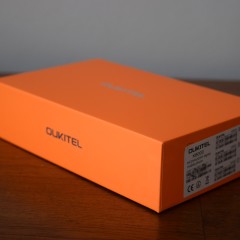


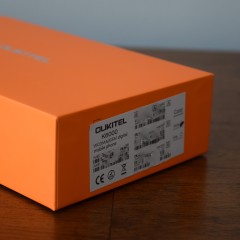

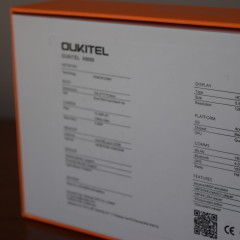

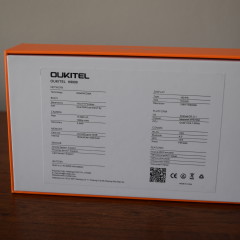


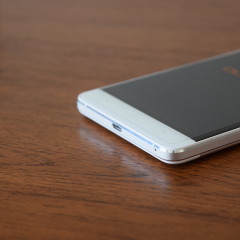
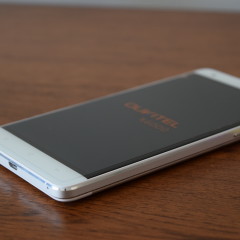

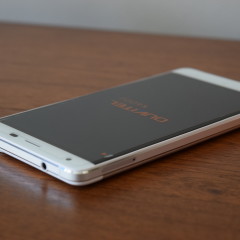
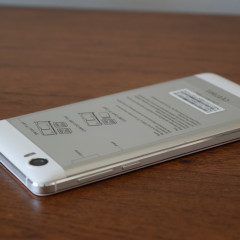

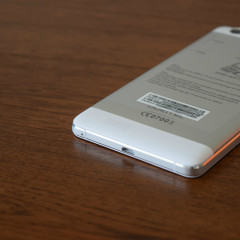

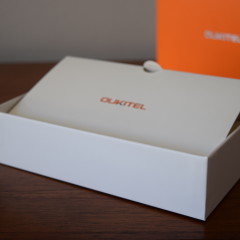
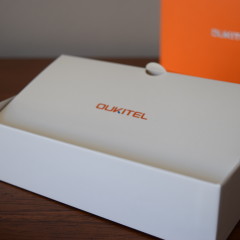

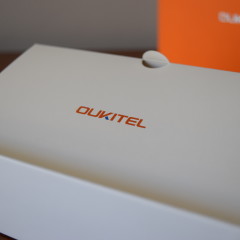
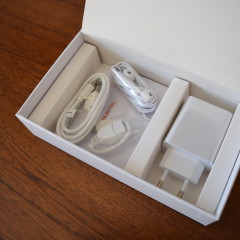
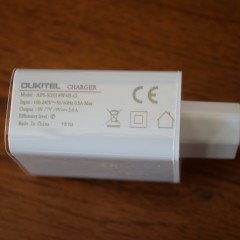
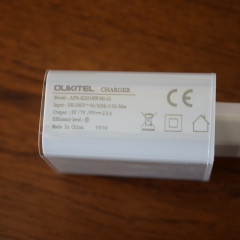

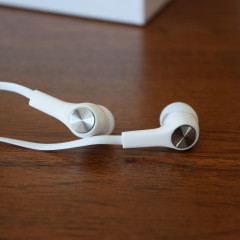
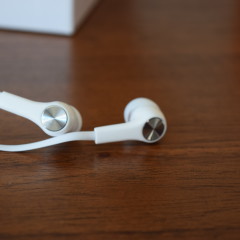
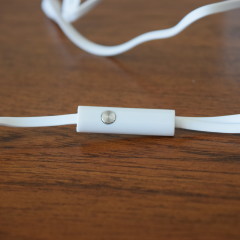
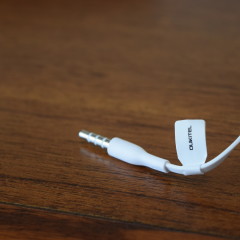
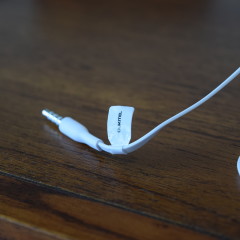

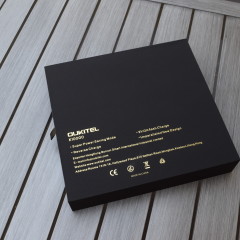



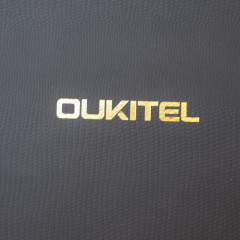
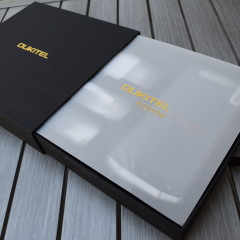
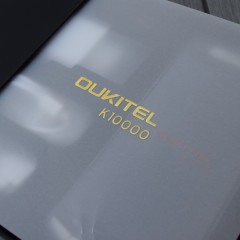
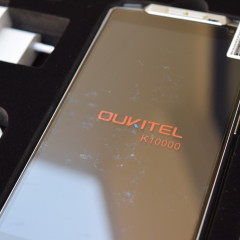
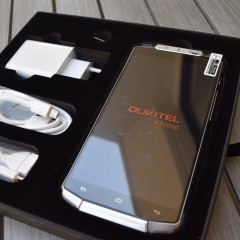
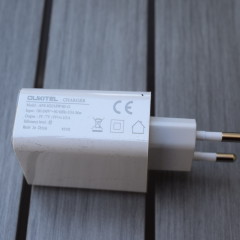
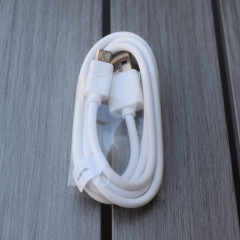

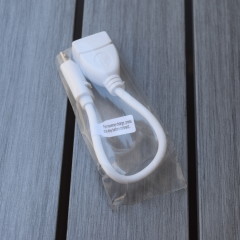
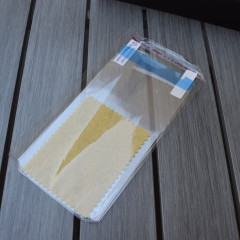
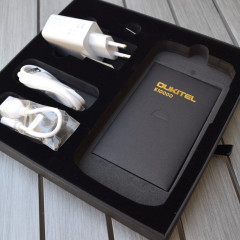
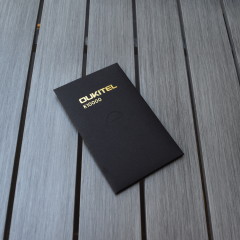
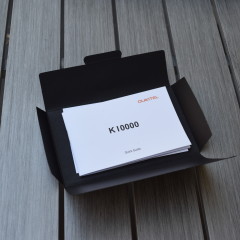
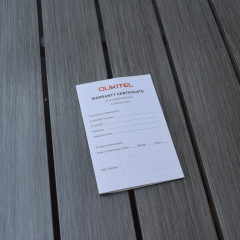

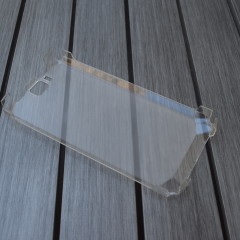
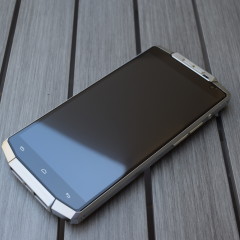
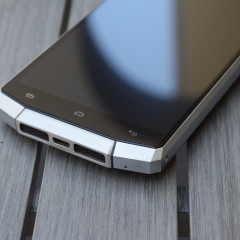

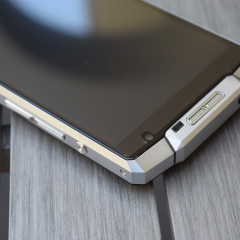
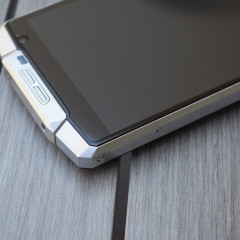

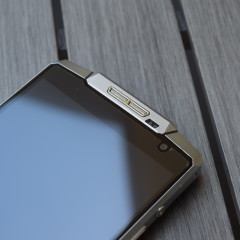
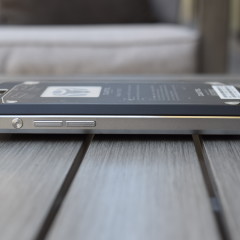



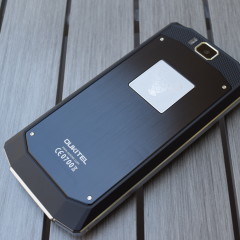

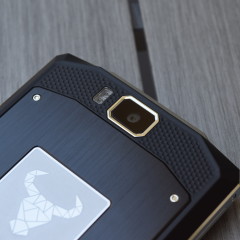



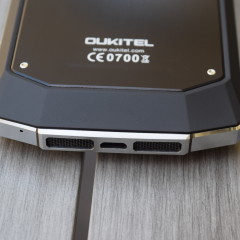
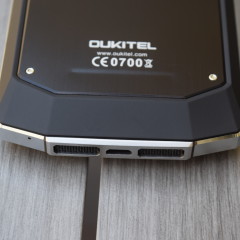









17 Comments - Add comment